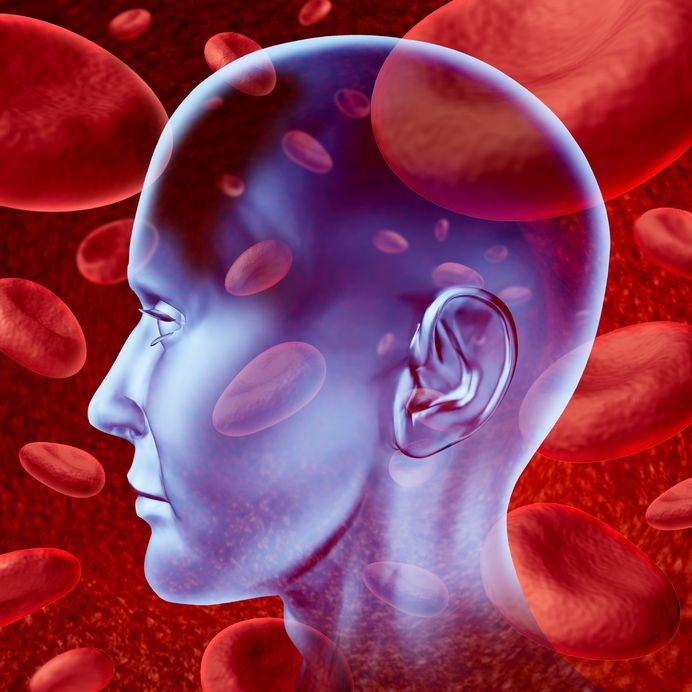Thinking About Stroke!
Norma, my mother in law,- is my model of the American farm wife and master of all types of pie. She is 82 this year and lives on the family farm within a mile or so of where she grew up. Last week, she had a stroke.
Norma’s first stroke occurred on SuperBowl Sunday almost 20 years ago. She lost some function in her right side and could no longer drive, but recovered just well enough to take care of my father-in-law and herself for many years.
Strokes can be either hemorrhagic or thrombotic.
- Hemorrhagic strokes are bleeding events that occur when the blood does not clot quickly enough to seal off the kind of minor blood vessel breaks that occur from time to time.
- Thrombotic strokes are clotting events in which the blood clots in blood vessels and cuts off blood flow.
- In either kind of stroke, an area of the brain is damaged by lack of blood supply and the oxygen that it carries.
- Most strokes are thrombotic ones.
Norma has been on the anticoagulant drug warfarin (brand name Coumadin®) since her first stroke. Warfarin competes with vitamin K in the production of functional blood clotting factors, so within a few days of starting warfarin, blood clotting begins to slow down, ideally to around 2-3 times as long as “normal”.
Warfarin has long been an example of a drug with a narrow difference between the dose that will help and the dose that will harm. And because it competes with vitamin K, its action also depends on how much vitamin K a patient gets through diet. If patients consume higher amounts of leafy vegetables containing vitamin K, their blood will clot a little better over the next several days. If patients cut back on how much they normally consume foods higher in vitamin K and cut back, their blood will clot a little slower.
Individuals with a higher risk of a clotting stroke are those who are prescribed anticoagulants. You may have noticed that anticoagulants decrease clotting but increase the chance for a bleeding stroke. Warfarin is monitored by physicians or by pharmacists specially trained to monitor and adjust anticoagulant therapy. Careful monitoring dramatically decreases the risk of being on anticoagulants, but there is still a significant risk of bleeding in any patient receiving any anticoagulant.
Weakness on one side of the body, slurred speech and a crooked smile are common aftermaths of a stroke.
One of the interesting things about strokes is that they can also affect very discrete functions of the mind or body. After her first stroke, Norma struggled with reading and would slowly read letters aloud so she could recognize the words. Her stroke also decreased her pie production; I still miss them. Her stroke last week weakened her left arm, but surprisingly her legs are both strong. The major issue is that she is not able to swallow; hopefully rehab will help with that.
Everyone should know the signs of stroke. Ask your patient to smile (it may be crooked with a stroke), raise both arms (one may be weaker and not raise as high with a stroke), and say something (speech may be slurred or hard to understand after a stroke). Strokes need to be treated immediately; do not procrastinate! If treated within an hour or two, stroke damage can be fully or partially reversed by “clot—busting” drugs.
Strokes are bad. They are easier to prevent than treat. High blood pressure, diabetes and atrial fibrillation are some leading causes of stroke.
Talk to your primary care physician about your risk factors and what you can do to minimize your chance of having a stroke. Your pharmacist is there for you as well, and can answer questions about medications that may help keep you healthy. Take good care of yourself.
References:
1. http://www.strokeassociation.org/
3. http://www.drugs.com/warfarin.html












